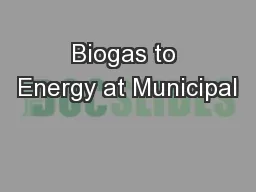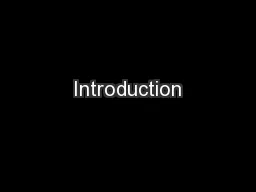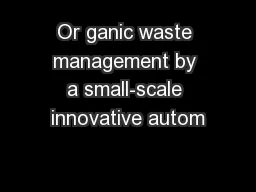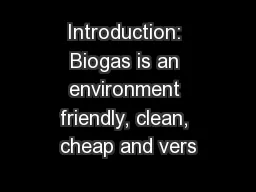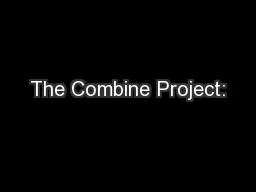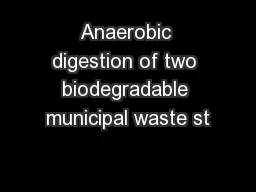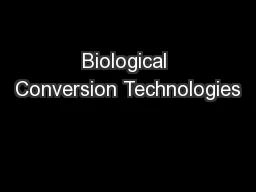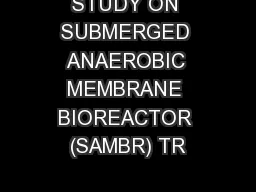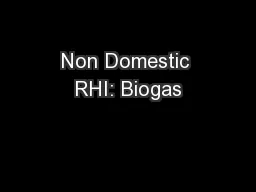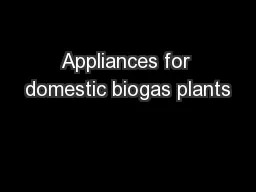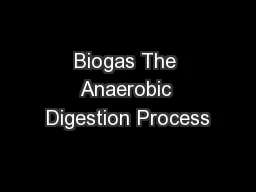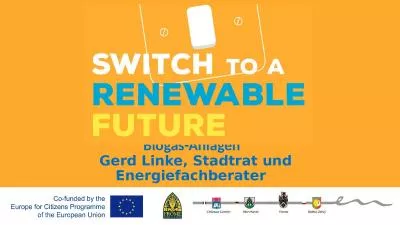PPT-Biogas to Energy at Municipal
Author : myesha-ticknor | Published Date : 2017-12-07
Waste Water Treatment Works A Toolkit for Municipalities to Assess the Potential at Individual Plants Presentation What is Biogas Biogas to Energy at a WWTW Assessment
Presentation Embed Code
Download Presentation
Download Presentation The PPT/PDF document "Biogas to Energy at Municipal" is the property of its rightful owner. Permission is granted to download and print the materials on this website for personal, non-commercial use only, and to display it on your personal computer provided you do not modify the materials and that you retain all copyright notices contained in the materials. By downloading content from our website, you accept the terms of this agreement.
Biogas to Energy at Municipal: Transcript
Download Rules Of Document
"Biogas to Energy at Municipal"The content belongs to its owner. You may download and print it for personal use, without modification, and keep all copyright notices. By downloading, you agree to these terms.
Related Documents

